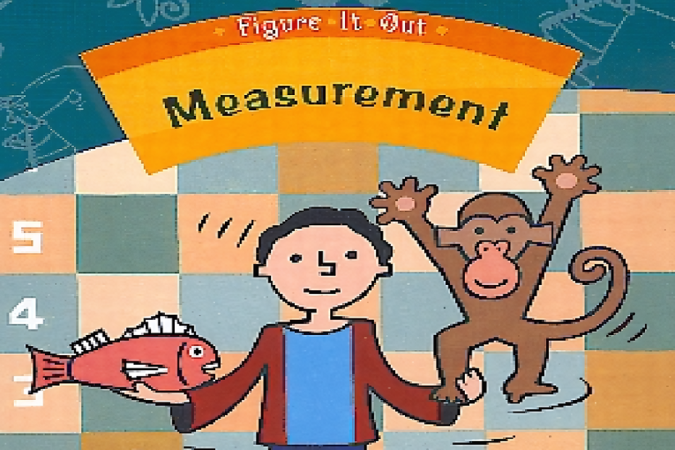Rainy day delights
This is a level 3 measurement strand activity from the Figure It Out series. A PDF of the student activity is included.

About this resource
Figure It Out is a series of 80 books published between 1999 and 2009 to support teaching and learning in New Zealand classrooms.
This resource provides the teachers' notes and answers for one activity from the Figure It Out series. A printable PDF of the student activity can be downloaded from the materials that come with this resource.
Specific learning outcomes:
- Solve problems using units of length and capacity.
Rainy day delights
Achievement objectives
GM3-1: Use linear scales and whole numbers of metric units for length, area, volume and capacity, weight (mass), angle, temperature, and time.
Required materials
- Figure It Out, Level 3, Theme: Measurement, "Rainy day delights", page 17
- small nail, hammer, insulation tape, stopwatch
- scissors, ruler, marker pen
- water
- empty plastic soft-drink bottles
- a classmate
See Materials that come with this resource to download:
- Rainy day delights activity (.pdf)
Activity
This activity provides a practical context for measuring capacity and constructing a scale for solving a technology problem.
Get students to read through the instructions.
After reading the fifth and sixth points, ask students:
- What do you think is the reason for these two instructions?
The discussion should clarify the need for an accurate starting point and the difficulty that students would have if they tried to mark the starting point at the base of a bottle with a dimpled base.
Make sure students fill in carefully to the 0 mark. They may need to use a dropper, and they should have their eye level at the 0 mark on the scale.

When they punch the holes in the bottle cap, get students to use small nails, such as brads, and make sure they do not make too many holes.
Two or three holes will be enough. (Large holes or too many holes could represent a flash flood!)

A challenging investigation would be to explore the rate of flow for different numbers of nail holes.
Students could draw up a table that shows the amount poured after one minute.
You could ask them to see if they can predict the increase in flow as they punch another hole in the cap.
Further information on weather and related topics can be found in the Ministry of Education’s Making Better Sense of Planet Earth and Beyond (Wellington: Learning Media, 1999).
1.
Answers will vary.
2.
Practical activity
The quality of the images on this page may vary depending on the device you are using.


